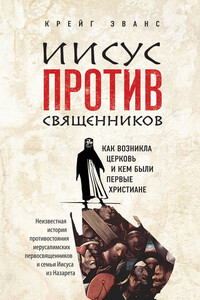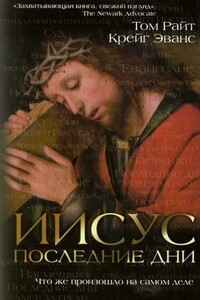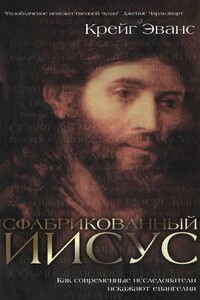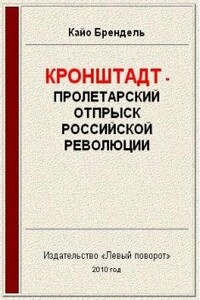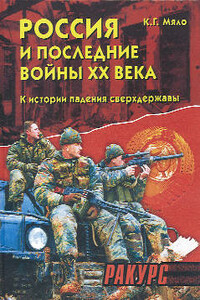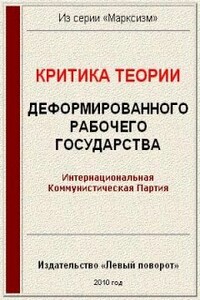Иисус и его мир. Новейшие открытия - страница 79
>31 Удобная таблица, на которой представлено, как Иисус пользовался Писанием, см. Richard T. France, Jesus and the Old Testament: His Application of Old Testament Passages to Himself and His Mission (London: Tyndale, 1971), pp. 259–263.
>32 О «каноне» Иисуса и его современников см. Craig A. Evans, “The Scriptures of Jesus and His Earliest Followers”, in Lee M. McDonald and James A. Sanders (eds), The Canon Debate (Peabody, MA: Hendrickson, 2002), pp. 185–195.
>33 Если говорить о «каноне» Кумрана, то среди небиблейских свитков Кумрана и Мертвого моря (исключая pesharim) Книга Второзакония цитируется около 22 раз, Исайя около 35, Псалтирь около 31. См James C.VanderKam, “Authoritative Literature in the Dead Sea Scrolls”, Dead Sea Discoveries 5 (1998), pp. 382–402; “Question of Canon Viewed through the Dead Sea Scrolls”, in McDonald and Sanders (eds), The Canon Debate, pp. 91-109.
>34 По поводу обучения учителей и книжников стоит вспомнить следующее раввинистическое высказывание: «Писание ведет к Таргуму, Таргум ведет к Мишне, Мишна ведет к Талмуду, Талмуд ведет к исполнению» [Sipre Deut. § 161 (на Втор 17:19)]. Хотя это высказывание записано на несколько столетий позже времен Иисуса, возможно, оно отчасти отражает более древние представления об образовании книжников.
>1 О понимании Ис 5 во времена Иисуса см. Joseph M. Baumgarten, “4Q500 and the Ancient Conception of the Lord’s Vineyard”, JJS 40 (1989), pp. 1–6; George J. Brooke, “4Q500 1 and the Use of Scripture in the Parable of the Vineyard”, DSD 2 (1995), pp. 268–294.
>2 О предупреждающих надписях из Храма см. Charles S. Clermont-Ganneau, “Une stele du temple de Jerusalem”, RAr 28 (1872), pp. 214–234, 290–296 + pl. X; Joseph M. Baumgarten, “Exclusions from the Temple: Proselytes and Agrippa I”, JJS 33 (1982), pp. 215–225; Peretz Segal, “The Penalty of the Warning Inscription from the Temple of Jerusalem”, IEJ 39 (1989), pp. 79–84.
>3 Относительно обычая выставлять храмовую утварь для показа публике см. Daniel R. Schwartz, “Viewing the Holy Utensils”, NTS 32 (1986), pp. 153–159. Шварц полагает, что обычай выставлять напоказ храмовую утварь, о котором косвенно говорит апокрифический текст P. Oxy. 840, возможно, исторически достоверен.
>4 О микваот (бассейнах для ритуального омовения) в Храме и других местах см. Ronny Reich, “Ritual Baths”, in Eric M. Meyers (ed.), The Oxford Encyclopedia of Archaeology in the Near East (New York: Oxford University Press, 1997), pp. 4:430–431; “Miqva’ot at Khirbet Qumran and the Jerusalem Connection”, in Lawrence H. Schiffman, Emanuel Tov and James C. VanderKam (eds), The Dead Sea Scrolls: Fifty Years After Their Discovery (Jerusalem: Israel Exploration Society, 2000), pp. 728–733.
>5 О домах знати, включая высокопоставленных священников, см. Magen Broshi, “Excavations in the House of Caiaphas, Mount Zion”, in Yigael Yadin (ed.), Jerusalem Revealed: Archaeology in the Holy City (Jerusalem: Israel Exploration Society, 1974), pp. 57–60. Относительно предположения о том, что Анна и Каиафа занимали один дом, см. Arthur Rupprecht, “The House of Annas-Caiaphas”, Archaeology in the Biblical World 1 (1991), pp. 4-17; Shimon Gibson, The Final Days of Jesus: The Archaeological Evidence (New York: HarperOne, 2009), p. 82. Дискуссия о каменных сосудах см. Shimon Gibson, “Stone Vessels of the Early Roman Period from Jerusalem and Palestine: A Reassessment”, in G. Claudio Bottini, Leah Di Segni and L. Daniel Chrupcala (eds), One Land – Many Cultures: Archaeological Studies in Honour of Stanislao Loffreda OFM (Jerusalem: Franciscan Printing Press, 2003), pp. 287–308.
>6 О семейной усыпальнице Анны см. Leen and Kathleen Ritmeyer, “Akeldama: Potter’s Field or High Priest’s Tomb?” BAR 20/6 (1994), pp. 22–35, 76, 78.
>7 О надписях на оссуарии Каиафы см. Ronny Reich, “Ossuary Inscriptions from the Caiaphas Tomb”, Jerusalem Perspective 4/4-5 (1991), pp. 13–21 + тарелки и рисунки; «Ossuary Inscriptions from the “Caiaphas” Tomb»,
